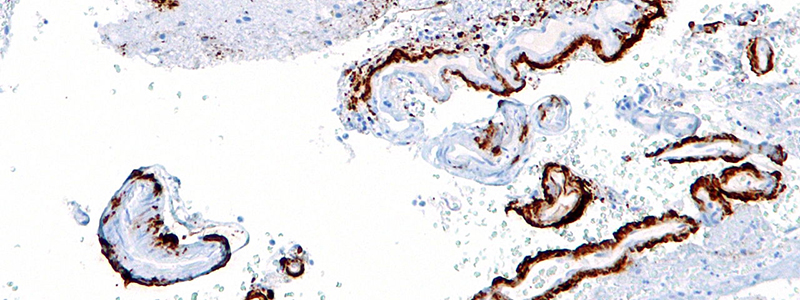A new study led by Laurent Meijer, at ManRos Therapeutics, and collaborators show that some triazine herbicides trigger enhanced production of Aβ42 over Aβ40 in various cell lines, suggesting that some products of the ‘human chemical exposome’ (HCE) may contribute to the increased production of Aβ42 over Aβ40 characteristic of Alzheimer’s disease (AD). In addition, these or related products might be turned into pharmacological tools to develop a chemically-induced animal model of AD.
Identifying products able to induce Aβ42 production may be a key to understand some of the initiating causes of sporadic AD and to generate non-recombinant, chemically-induced AD animal models. A cell model was used to screen HCE libraries for Aβ42 inducers.
Out of 3500+ compounds tested, six triazine herbicides were found that induced a β- and γ-secretases -dependent, 2-10 fold increase in the production of extracellular Aβ42 in various cell lines, primary neuronal cells and neurons differentiated from human induced pluripotent stem cells (iPSCs from a healthy or a familial AD patient (APP K724N)).
Immunoprecipitation/mass spectrometry analyses show enhanced production of Ab peptides cleaved at positions 42/43, and reduced production of peptides cleaved at positions 38 and lower, a characteristic of AD.
Triazines also shifted the cleavage pattern of alcadeinα, another γ-secretase substrate, suggesting a direct effect of triazines on γ-secretase activity. In conclusion, several widely used triazines enhance the production of toxic, aggregation prone Aβ42/Aβ43 amyloids, suggesting the possible existence of environmental “Alzheimerogens” which may contribute to the initiation and propagation of the amyloidogenic process in late-onset AD.
Reference : Specific Triazine Herbicides Induce Amyloid-β42 Production. Laurent Meijer et al. Journal of Alzheimer Disease, 2016.







